Frequently Asked Questions
Most frequent questions and answers
A There is no ‘licence’ as such. Anyone flying a drone (over 250g ‘toy grade’) must have a valid flyer number from the Civil Aviation Authority, which can be obtained after passing a simple online test. Drones need to display the Operator ID of whoever is in charge of the drone. Usually this is the same person as the flyer. Commercial operators will also have a Permission for Commercial Operations from the CAA, which demonstrates that the pilot has attended ground school covering a wide range of air laws and flight safety, and has passed a practical flying tests. The commercial operator will also have a detailed operations manual which has been approved by the CAA, and outlines the procedures which must be followed for every flight.
A Up to 31/12/2020, only drone operators who hold a Permission for Commercial Operations with the Civil Aviation Authority can offer drone services commercially. After this date, any drone pilot can sell their footage, but must have suitable insurance to work commercially. Recreational pilots may have very little flight experience, may not have any working knowledge of aviation law or the Air Navigation Order, and may not conduct risk assessments to keep people at work or the public safe. If you are going to use an unqualified operator, it is your responsibility to make sure they:
- have the necessary permissions for the type of drone they are using
- are registered with the CAA with an operator ID and flyer number
- are suitably insured for commercial drone flights.
Using an unqualified operator is allowed from 31/12/2020, but should something go wrong which results in property damage personal injury, you could find yourself being asked some very difficult questions or facing legal action
A This depends on the aircraft being used, but all the drones I use can record video in 4K resolution. Some are able to record video in DLOG colour profiles for maximum editing possibilities, especially important for TV and film work. Most of my drones can photograph 21MP RAW photos for incredible clarity and detail, while some of the smaller ones can shoot in 12mp RAW. The choice of aircraft used depends on the requirements and the location, and will be discussed with you.
A Drones can be flown in airspace over most parts of the UK. In order to fly a drone legally, the operator must obtain permission from the land owner or manager for the location used for take off and landing. Airspace is split up into different classes, and it is the responsibility the operator will know what type of airspace the flight will take place in. Sometimes, extra permissions may be required if flying in areas near airports or other restricted or sensitive zones, and sometimes these permissions come at an extra cost. The drone MUST be kept in clear sight of the pilot at all times, and not flown at a height of more than 400 feet from the ground, unless extra permissions have been obtained.
A Yes! Although the aircraft and pilot won’t have the benefit of GPS to hold position or to return back to the starting point automatically, most drones have varying degrees of ‘awareness’ of their surrounding to assist with indoor flying. At the very least, most drones above toy grade will have optical flow sensors under the aircraft, which act like cameras looking at the floor to detect changes in position. They will also have sensors like a gyroscope, a compass and altimeter to assist with stability. Larger and more advances aircraft also use cameras located around the airframe to help detect and avoid obstructions in all directions. Choice of aircraft for flying indoors depends a lot on the space available, the risk posed by the different types of aircraft, and the requirements of the final product.
A This distance varies with different qualifications and drone categories. Most drones cannot be flown within 50m of people not under control of the pilot, but some smaller drones with a suitably qualified pilot can be flown closer to the general public or buildings/vehicles not under control of the pilot. I will assess the job and the select the most suitable aircraft which suits the criteria best. I will ensure all laws are followed at all times, and keep risk to uninvolved people at an absolute minimum.
A No. To ensure absolute safety of people in the area around the drone, there are some weather conditions which could make operating the drone unsafe. Rain could enter the aircraft’s electronics and cause a malfunction, or a sudden gust of wind could push the drone into a hazardous area or into the path of danger. Weather forecasts will be watched closely leading up the a drone flight to ensure the conditions are suitable.
A Depending on what aircraft I am using, it may be possible to set up an observation area with a screen displaying the feed from the camera on the drone during the flight operations. If this is something you would like, please let me know when booking. This may involve additional costs, and instructions from the pilot must be strictly followed when in the operational area.
A Absolutely! I can supply prints on a range of materials, at at almost any size you want! Just get in touch and I will be happy to help you.
A Yes! I am happy to offer 1-to-1 training sessions for beginners. Please drop me a line to discuss what type of training you need for different types of drones.

